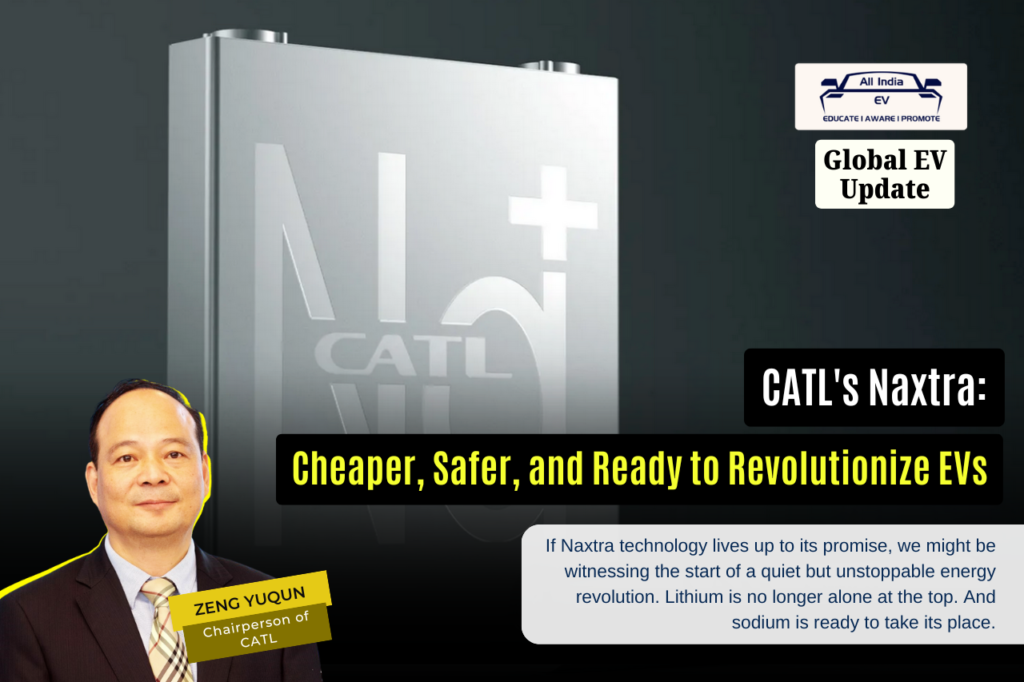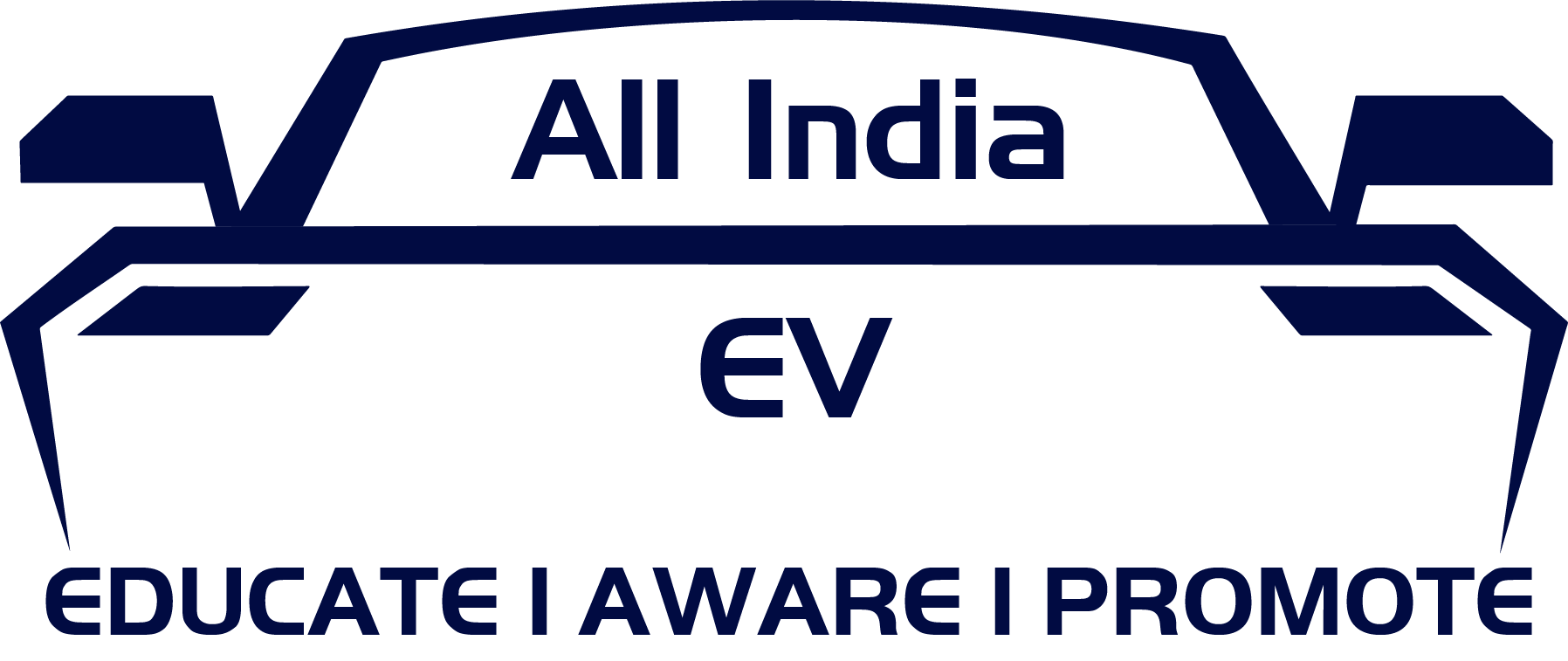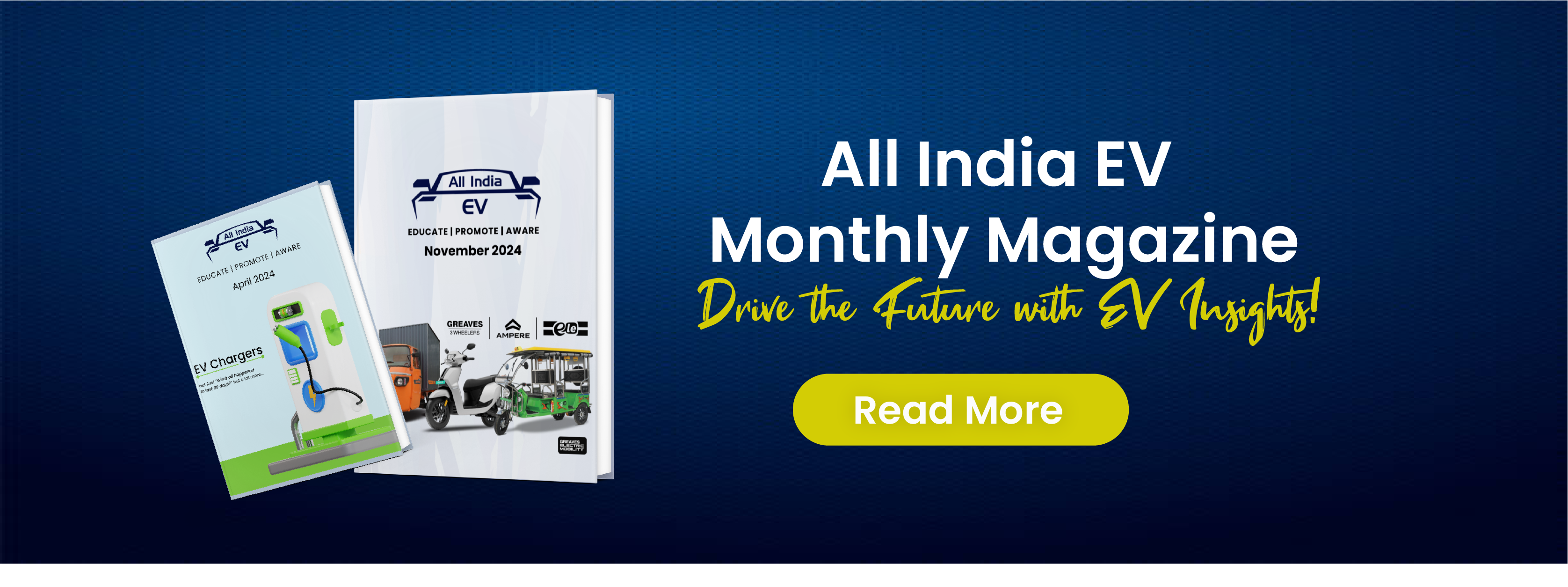
CATL introduces Naxtra, a revolutionary sodium battery technology set to transform EV mobility with enhanced performance, affordability, and sustainability.
In a landmark move poised to reshape the electric vehicle (EV) industry, global battery leader CATL (Contemporary Amperex Technology Co. Limited) has officially launched Naxtra, its pioneering sodium-ion battery technology. As one of the key suppliers to automotive giants such as Tesla, Mercedes-Benz, and Volkswagen, CATL’s entry into sodium batteries signals the beginning of a new era in sustainable mobility — and India’s EV ecosystem is watching closely.
A Strategic Shift: Moving Beyond Lithium
For years, lithium has been the backbone of electric vehicle innovation. However, recent challenges surrounding its high costs, limited availability, and environmental concerns have pushed the industry to explore alternatives. CATL’s Naxtra project answers that call, replacing lithium with sodium — an element that is not only cheaper and more abundant, but also significantly easier to source sustainably.
According to Ouyang Chuying, co-director of CATL’s R&D division, sodium batteries can dramatically reduce reliance on fragile supply chains and pave the way for new energy technologies. For India, where supply chain resilience is critical to EV growth, this innovation offers immense promise.
Inside Naxtra: Two Versions for Different Demands
The Naxtra lineup includes two major versions: one designed for electric passenger vehicles and another tailored for heavy-duty trucks using a 24V Start-Stop system. Both variants are engineered to perform reliably across extreme conditions — from freezing -40°C to scorching +70°C — ensuring consistent battery capacity even in India’s diverse climate zones.
Notably, the passenger vehicle battery maintains up to 90% capacity in extreme cold, a breakthrough that could greatly benefit northern Indian regions, where winter temperatures often impact EV performance.
Technical Highlights: Efficiency Meets Durability
- Energy Density: 175 Wh/kg — competitive with many lithium iron phosphate (LFP) batteries.
- Range: Up to 500 km on a single charge.
- Lifespan: More than 10,000 charging cycles, significantly reducing total cost of ownership for EV buyers.
These specifications mark a major leap in practicality and affordability, key factors for accelerating EV adoption across India’s rapidly growing cities and rural areas alike.
A New Benchmark for Safety
Safety has long been a concern with current EV battery technologies. Naxtra addresses this with non-flammable, highly stable materials, greatly minimizing the risk of vehicle fires. For Indian consumers, where concerns about EV fire incidents have made headlines, this is a reassuring development.
What This Means for Lithium
While lithium remains crucial for high-performance applications, sodium is emerging as a formidable competitor. As CATL’s breakthrough gathers momentum, the global EV industry, including India’s, may see a gradual diversification away from lithium dominance.
India’s EV Sector: A Moment of Opportunity
For India’s ambitious electrification goals — including government plans to achieve 30% EV penetration by 2030 — the arrival of sodium-ion technology could be a game-changer. With its cost advantages, supply chain benefits, and operational durability, Naxtra could enable more affordable EV models, better suited for India’s mass market.
As CATL leads the charge, India EV believes we are standing at the threshold of a quiet revolution. Lithium may no longer be the undisputed king — and sodium, with innovations like Naxtra, is ready to claim its place on the throne.

